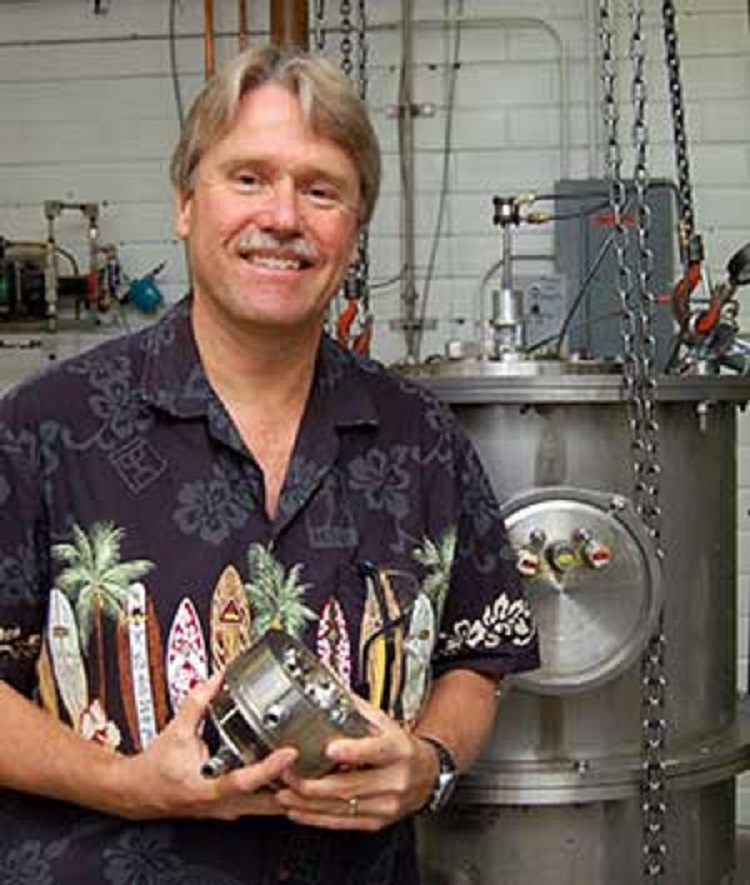
Ames Laboratory and Oak Ridge National Laboratory have been awarded US$5 million from the US Department of Energy’s Advanced Manufacturing Office (AMO) to improve the production and composition of metal alloy powders used in additive manufacturing (AM).
‘There’s a lot of intense interest focused on AM with metal alloys, because there are so many potential applications,’ said Iver Anderson, project leader and senior metallurgist at Ames Laboratory and adjunct professor in Materials Science and Engineering Department at Iowa State University. ‘Industry has demands for prototyping parts, design development, reducing waste of expensive materials, and efficiently producing custom and legacy components for their customers.’
Because AM uses metal alloy powders as its raw material, the ability to control the properties and quality of those powders is paramount to the quality of the final product, and achieving properties equal to cast and machined or cast/forged and machined parts, he said.
‘Today, if a manufacturer went to metal powder producers with a shopping list of the alloys and powder specifications they needed for their manufacturing process, they very likely wouldn’t find what they want,’ added Anderson. ‘The customization capabilities are just not there, and we need to get there. That is going to be the key to commercially competitive AM processes.’
Gas atomization
The project will improve powder production by developing advances in a high pressure gas atomization process pioneered at Ames Laboratory and will design and customize alloys specifically for AM processing methods. Modeling and simulation of gas atomization process stages at Ames Lab will use a flow simulation code developed by National Energy Technology Laboratory for part of the work. The experimental gas atomization work and alloy design calculations/verification also will be performed in the powder synthesis facilities at Ames Laboratory.
This story is reprinted from material from Ames, with editorial changes made by Materials Today. The views expressed in this article do not necessarily represent those of Elsevier.

